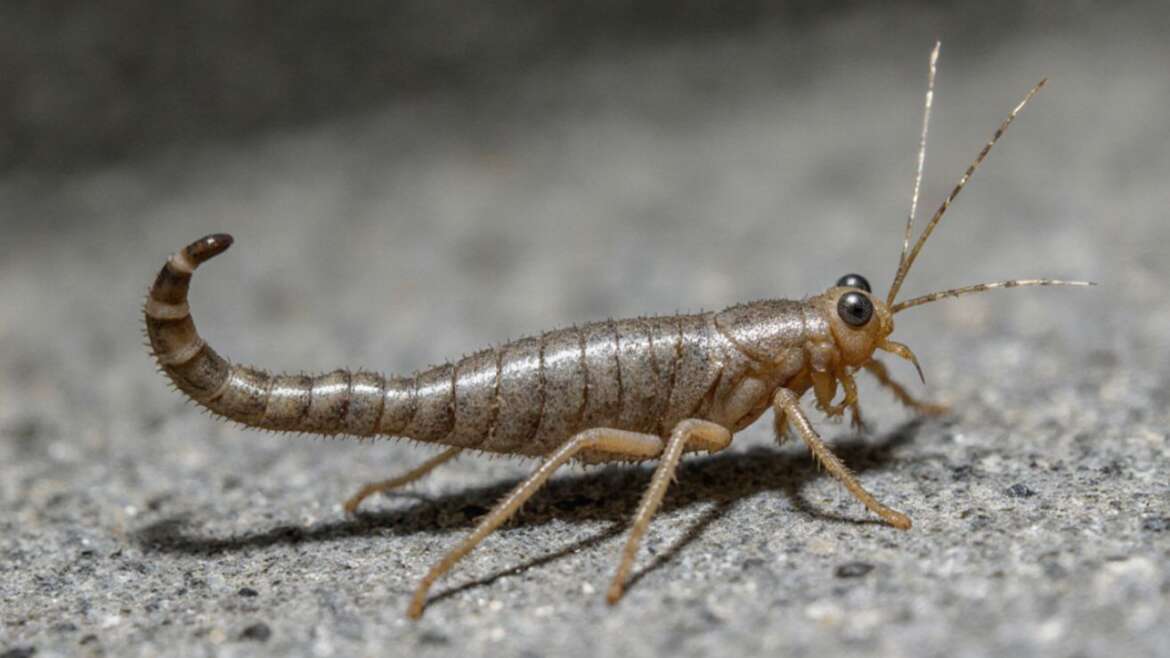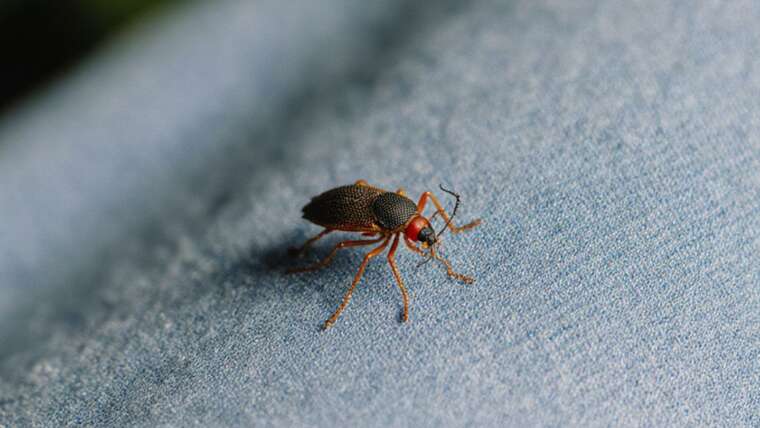Silverfish are a common sight in many homes, often causing a stir among residents. These small, pearl-gray insects can be traced back to ancient times, having existed around 100 million years before the dinosaurs roamed the Earth. Today, you might spot these nocturnal critters scuttling across your floors or scaling your walls. Their nighttime escapades can lead to some shocking discoveries, particularly if you encounter them just before bedtime or during a midnight trip to the bathroom.
Where Do Silverfish Live?
There is a common misconception that silverfish reside in drains. In reality, these insects thrive in moist, warm environments with high levels of humidity, typically over 75 percent. This affinity for dampness is why they’re frequently found in bathrooms. While they can often be seen trapped in bathtubs or sinks, it’s important to note that silverfish cannot climb smooth surfaces.
In addition to bathrooms, you may find silverfish in kitchens, laundry rooms, garages, cabinets, and crawl spaces—anywhere that offers food and moisture. They primarily feed on carbohydrates, proteins, and mold. Expect to see them munching on flour, rolled oats, or even starchy substances found in sealed food packages. They are also known to nibble on wallpaper glue and book bindings, which is why you might spot one darting out of your favorite novel!
Tip: To deter silverfish, consider placing dried bay leaves near areas where you’ve spotted them. The scent is thought to repel these pests while being harmless to your household.
Silverfish can infiltrate homes through cracks and voids, and unwittingly, homeowners may introduce them through boxes or bags from outside.
Are Silverfish Harmful?
While their appearance may be unsettling, silverfish are not harmful to humans; they do not bite and are not poisonous. Moreover, there’s no solid evidence suggesting that they transmit diseases. However, their presence may have implications for individuals with respiratory issues. Silverfish molt throughout their lives, shedding skins that can trigger allergic reactions or asthma symptoms in sensitive individuals.
Fact: Despite their harmlessness, silverfish can live for several months without food, making them particularly resilient pests. This means just one or two silverfish can quickly lead to a burgeoning population if conditions are favorable.
How to Help Prevent Silverfish Infestations
Though they are mostly a nuisance, no one wants a silverfish infestation invading their living space. Here are some effective strategies to keep these pests at bay:
Removing moisture: Repair any leaky faucets and consider using a dehumidifier to reduce humidity levels in your home. After bathing or showering, wipe down surfaces to eliminate standing water—this reduces potential habitats for silverfish. Outside, ensure that water drains away from your home and that gutters and downspouts are kept clean and free of obstructions.
Tip: Regularly check and maintain your bathroom fixtures and appliances, as minor leaks can contribute to the damp environment that attracts silverfish.
Blocking entrance points: Seal any cracks or crevices in your walls, floors, and foundation that could serve as entryways for silverfish. Common access points include spaces underneath and behind baseboards, as well as around windows and door frames.
Fact: Silverfish can live in a wide range of environments, including within walls, so sealing these cracks not only keeps them out but also prevents them from laying eggs inside your home.
Vacuum regularly: Frequent vacuuming can eradicate young silverfish and adults lurking in carpets, floors, upholstered furniture, and hard-to-reach crevices.
If you experience a genuine silverfish outbreak, professional pest control may be necessary. Over-the-counter solutions often fail to eliminate silverfish eggs, making infestations challenging, especially in mold-prone areas like wooden shingle roofs.
The pest control experts at Terminix® can assist you in repelling these prehistoric pests. With specialized knowledge about silverfish hiding spots and egg locations, they offer treatment plans tailored to combat current and future infestations. In fact, a pest control plan with Terminix covers a wide range of pests beyond just silverfish, ensuring your home remains a safe and comfortable space.
Pro Tip: Regular inspections of your home’s pantry and storage areas can catch silverfish early before they become a larger issue. Look for signs like damaged packaging or droppings that resemble tiny black pepper flecks.





